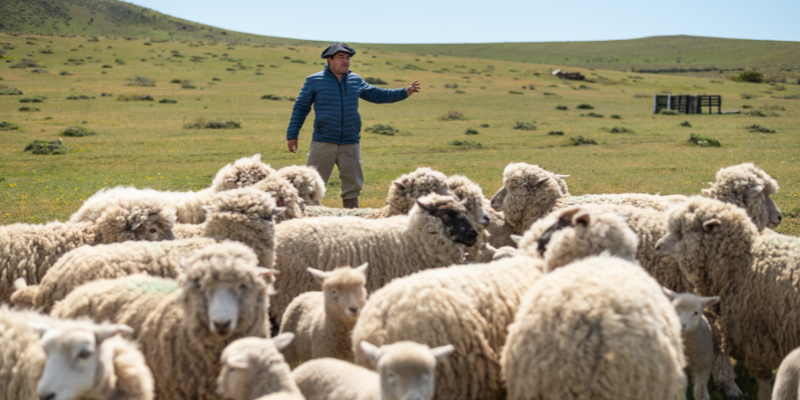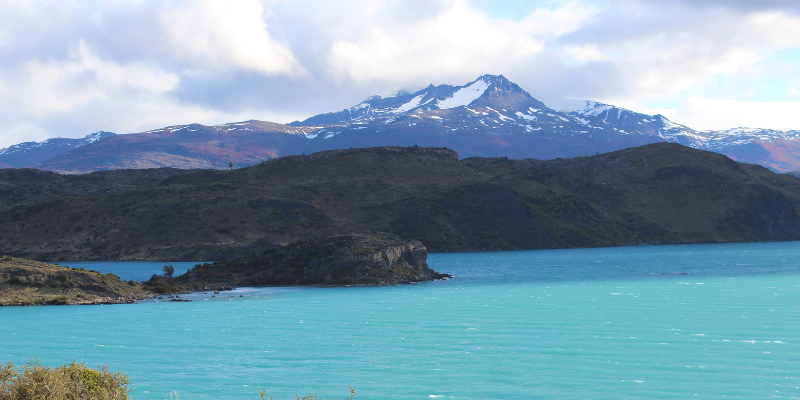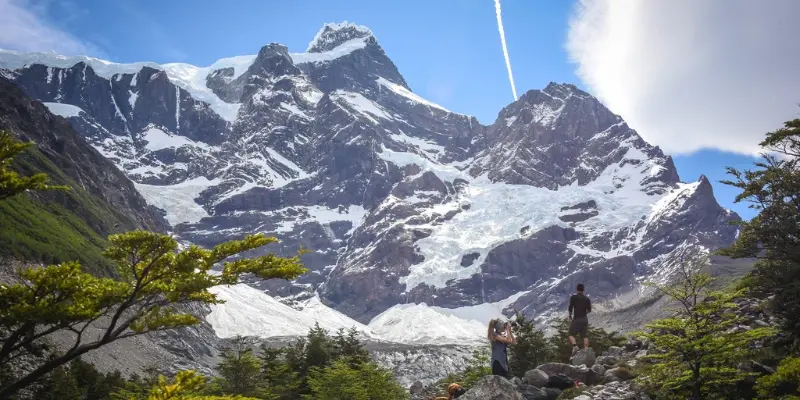“Patagonia’s ghosts” are not ghosts any more. While pumas were hard to spot just a few decades ago, nowadays travelers from around the world come to the world’s southernmost region to spot Patagonia’s largest cat.
SUMMARY
1. Patagonia has the highest density of pumas in the world
2. What are the best places for puma tracking in Patagonia?
3. What is a puma tracking tour like?
5. What should I do if I encounter a puma on a walk?
8. When is the best time to see pumas in the wild?
9. What do I need to pack for a puma tracking?
10. How can I book a puma tracking tour?
The puma, also known as “mountain lion” and “cougar” in North America, is the fourth largest cat in the world, after the tiger, the lion and the jaguar. It is also the most widely distributed mammal in the Americas, the puma concolor can indeed be seen from Alaska to Patagonia.
Patagonia, a region split between Chile and Argentina, may be the best place on Earth to spot pumas, as there is a high density and some national parks are doing a great job to protect them.
However, few travelers know that spotting pumas involves some rules and things everyone that comes to Patagonia should know, to allow better protection of this fascinating animal. This is everything you should know about puma spotting in Patagonia.
1. Patagonia has the highest density of pumas in the world
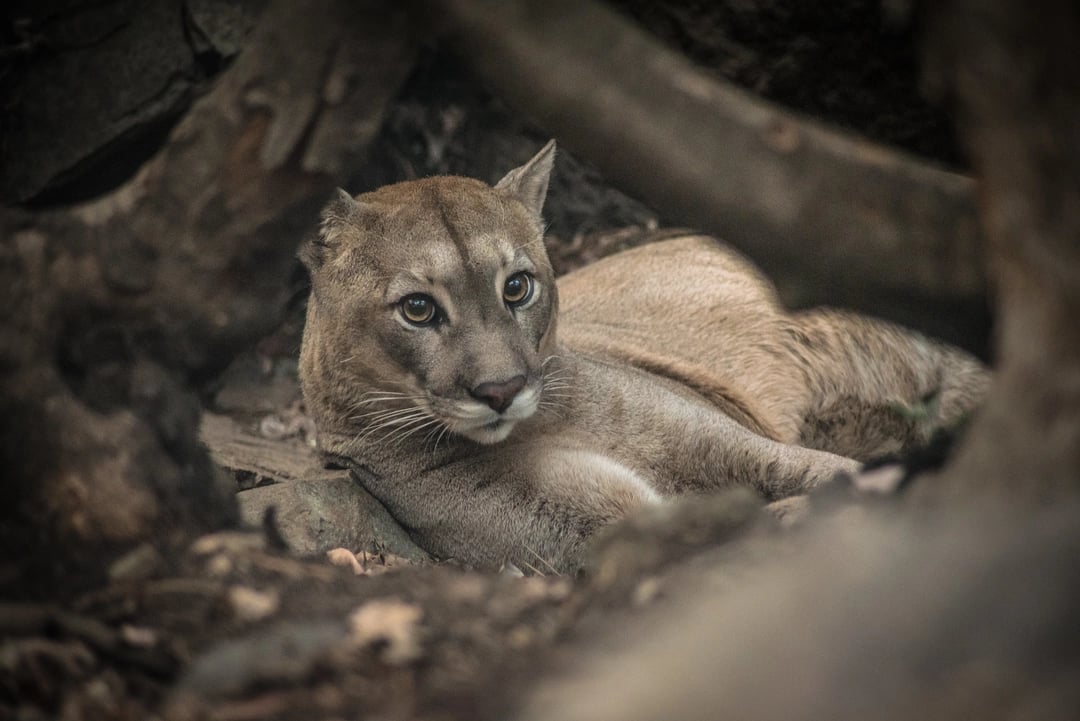
Little is known about the population of pumas in the Americas, but the studies that have been conducted throughout the continent definitely show the highest density of pumas in Patagonia. There is no updated census in Torres del Paine National Park yet. However, estimates vary between 50 and 200 pumas in this territory of 227.000 hectares.
Studies conducted since 2008 in Patagonia National Park (Chile’s Aysén region) show that there is a density of 3,44 pumas for every 10,000 hectares. Other studies are currently led in Chile’s Aysén and Magallanes region, and the footage gathered by camera traps state that there may be even more pumas than what was initially thought.
2. What are the best places for puma tracking in Patagonia?
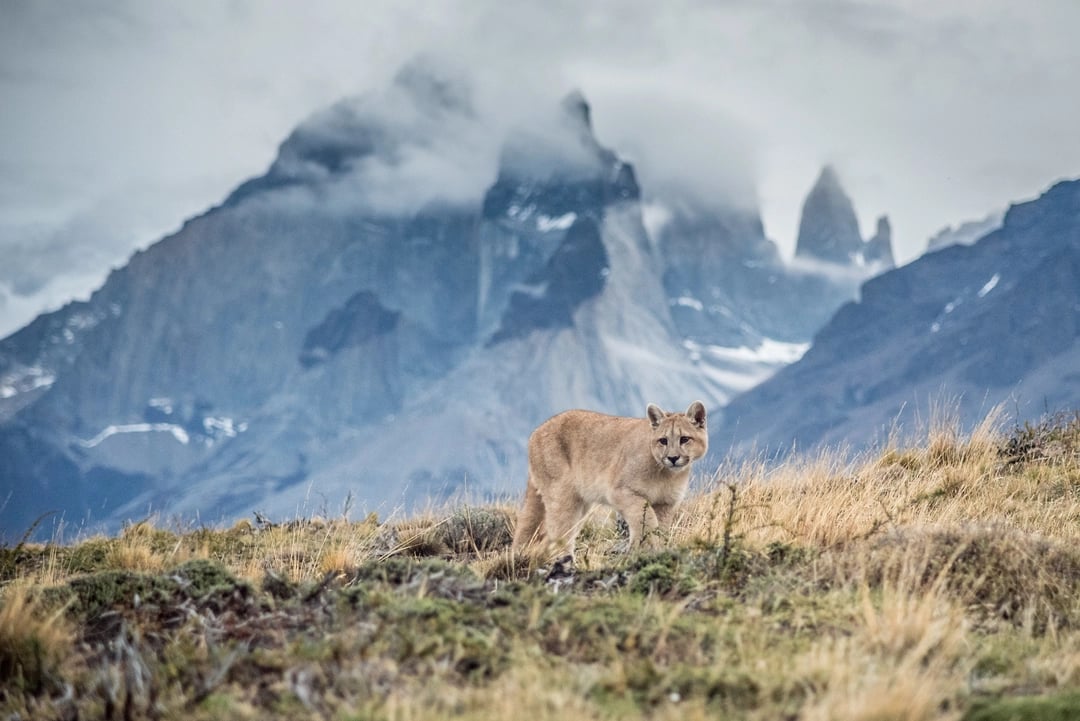
While pumas can be seen in both Chile and Argentina, the level of protection is much higher in Chile. It is strictly forbidden to hunt pumas in Chile. While there is a conflict between local farms (called estancias) and pumas (as a predator that occasionally attacks the local sheep), there are ongoing fabulous projects to protect pumas in places where they were once hunted.
The best place for puma tracking is definitely Torres del Paine National Park. Here it is estimated that there is a puma for every ten square kilometers. Some areas of Chile’s finest national park offer great puma sightings and seem to have the highest density, such as Laguna Amarga and Sarmiento. Puma tracking in Torres del Paine offers you a near 80% chance of puma spotting, as these tours are organized with experienced trackers and a specialized guide with great knowledge of the area.
Other recommended places include some estancias near Torres del Paine and the Chacabuco valley in Patagonia National Park.
3. What is a puma tracking tour like?
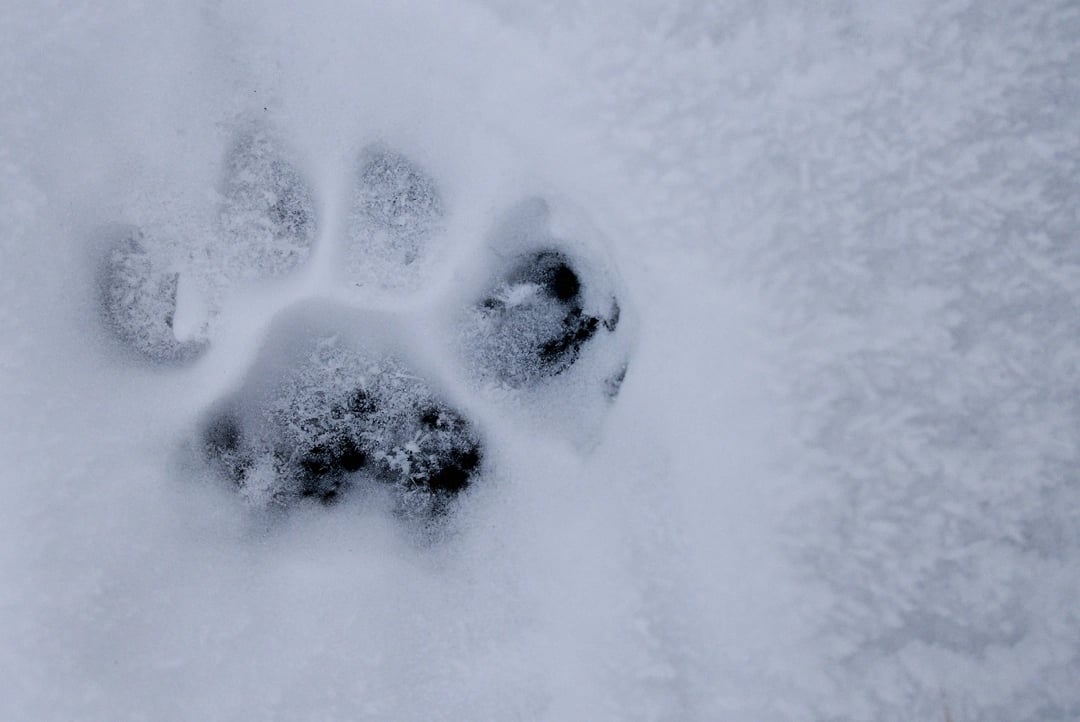
A puma tracking experience in Patagonia is the best way to encounter these big cats. And while some tours allow travelers to spot the local wildlife and eventually see pumas, a puma tracking tour gives you more chances of spotting pumas. Such tours are popular in Torres del Paine National Park.
Travelers normally wake up before sunrise. In some puma-watching programs (for example, our 6-day puma tracking program), the puma tracker is already in the field, looking for pumas. They will inform the guide when they have an interesting sighting, while the guests will be looking for other animals or take photos of the landscape.
In other programs, such as Puma Encounter, the search is part of the experience. You will learn what to look for when reading the environment and the other animals, in the search for a puma.
When you spot a puma, there is time to observe the big cat, always with a respectful distance and as quietly as possible not to disturb the local wildlife. Check out the following video to have a better idea of what a puma tracking tour looks like.
These tours are highly requested by wildlife photographers as they primarily focus on the local wildlife and offer plenty of flexibility, so that travelers can spend the whole day near the animals if they want to. But any nature lover will love it. Also, while the name of the tour is “puma tracking”, it also focuses on all the species that live in the area and involves some spectacular nature photography.
4. Are pumas dangerous?
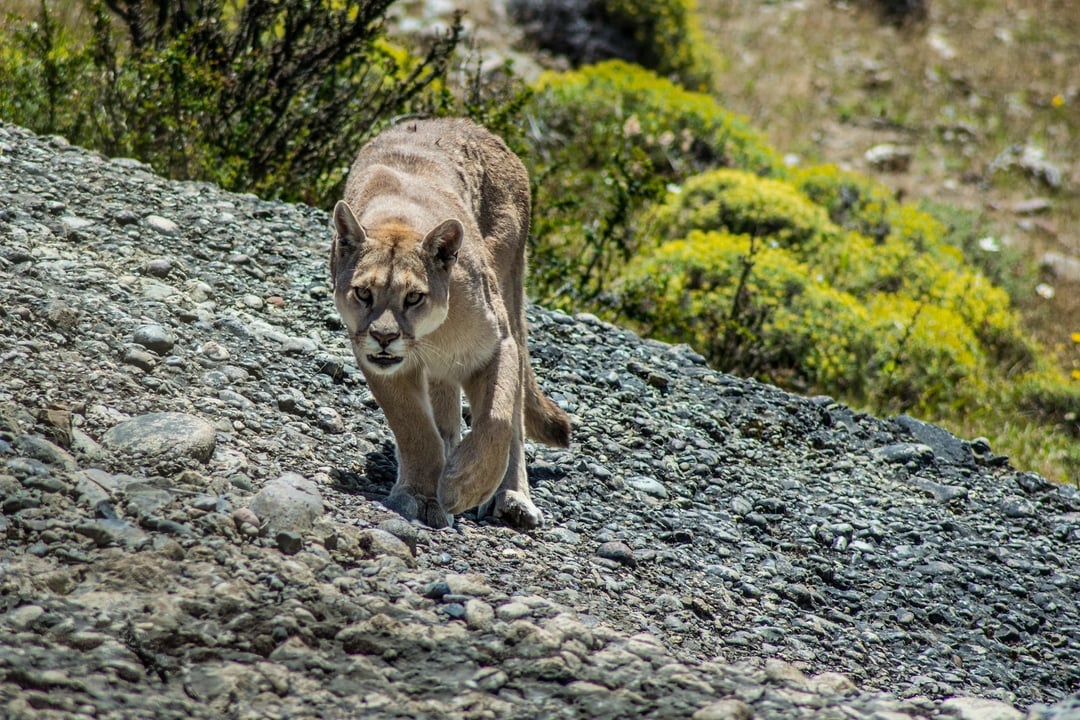
Pumas are rarely dangerous for humans, though attacks are more common in human-dominated landscapes. For that reason, there are more attacks in the United States than in Patagonia, where pumas tend to live in wild, unspoiled places. Attacks on pets and livestock (for instance sheep) might happen in some areas. In Patagonia’s national parks and nature reserve, pumas roam freely with enough food and space to live peacefully.
Only one attack has been registered in Chile’s Torres del Paine National Park, which happened more than 30 years ago, where a local fisherman was found dead, bitten by a puma.
Pumas usually attack when they feel pressured, which is why you should always maintain your distance and behave responsibly if you ever encounter a puma.
5. What should I do if I encounter a puma on a walk?
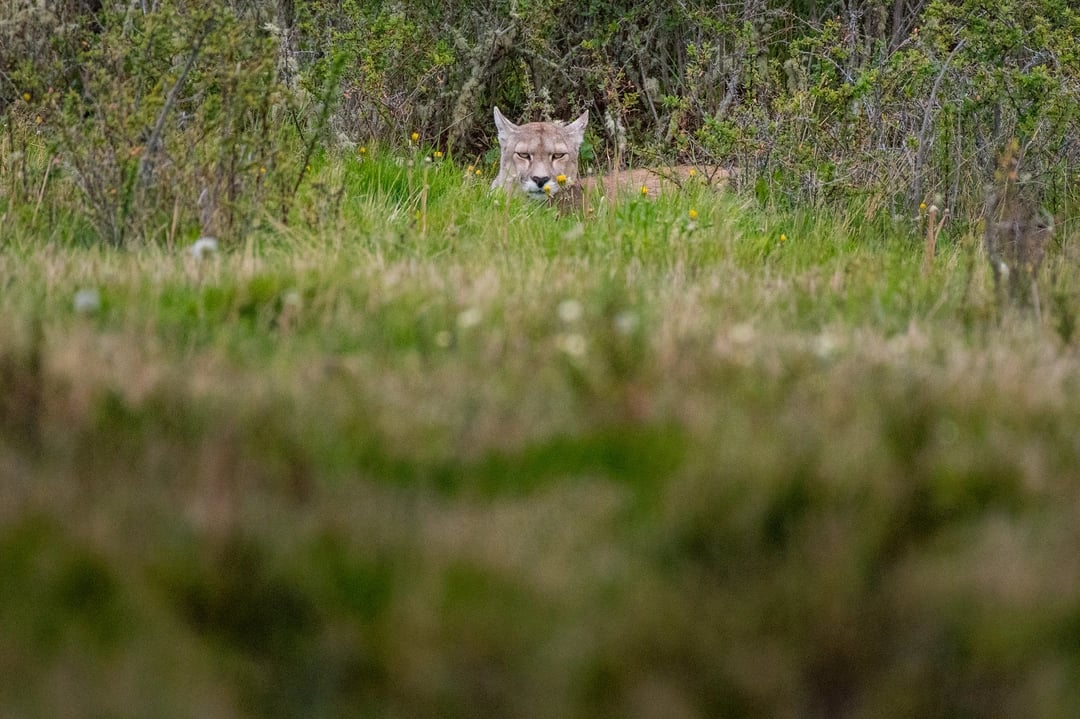
Sometimes, visitors in the national parks encounter pumas while driving or hiking.
Wherever you meet the animal, remember that: do not fear the puma, respect it. Responsible tourists will always maintain a safe distance from the animal and act quietly. This behavior goes beyond the respect of the local wildlife; it also means you may take better pictures, as pumas won’t feel stressed and will keep doing what they were doing.
If a puma ever gets “too close to you” (in a threatening way), remain calm and do not run away. Look the animal in the eyes, always fronting it. Turning your back and running away is the most dangerous thing you can do near a puma, as it will trigger its hunting instinct. If it still walks towards you in a threatening way, raise your arms to “make yourself bigger”. If you have anything to throw at it, like rocks or whatever you have in your hand, do it to scare it off.
6. How big are pumas?
_resultado.webp?width=1080&name=Pumas%20(7%20de%201)_resultado.webp)
The puma concolor is also known as “the big cat of the Americas”. And while it is the same species, pumas in Patagonia tend to be bigger than the North American ones. This can be explained by the environment they live in, with more favorable living conditions in southern Patagonia (remember that pumas are very adaptable animals).
Males usually weigh 50 to 82 kilograms (110 to 180 lbs) and the female 36 to 59 kilograms (80 to 130 lbs). In Patagonia, some males can weigh more than 100 kilos (220 lbs). Adult males grow 1.8 to 2.4 meters (6 to 8 ft) long and females average 1.5 to 2.1 meters (5 to 7 ft).
Pumas are known for their long tail, which tends to be as long as their head and body combined (up to 960 mm).
7. How can I spot a puma?
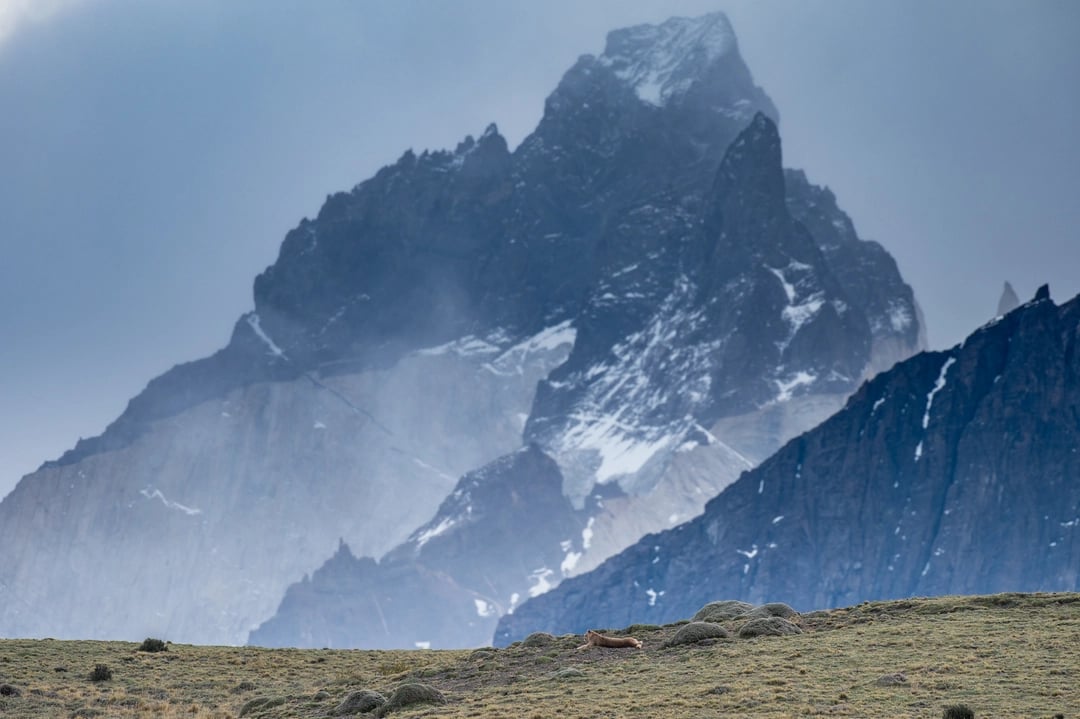
Spotting pumas requires plenty of patience and lots of luck. However, some knowledge is required to improve the probability of seeing them. Puma trackers always use binoculars to observe and find pumas in Patagonia’s vast landscapes.
Guanacos - one of puma’s favorite preys - are a great help, as they produce a loud sound when there is a predator around. Guanacos are well-organized camelids, and a “sentinel” (lonely guanaco) always takes care of the herd while watching out for predators from a high point. Puma trackers like to observe sentinel guanacos, as they will sound the alarm if a puma is around.
Also note that pumas are mainly active at dusk, night and dawn, so you may want to wake up early if you want to increase your chance of spotting them. The puma coloring is plain, it is typically tawny but varies from silvery-gray to reddish. As a consequence, pumas blend with their surroundings and you’d better train your eyes if you want to spot them, though a professional guide will help you a lot.
8. When is the best time to see pumas in the wild?
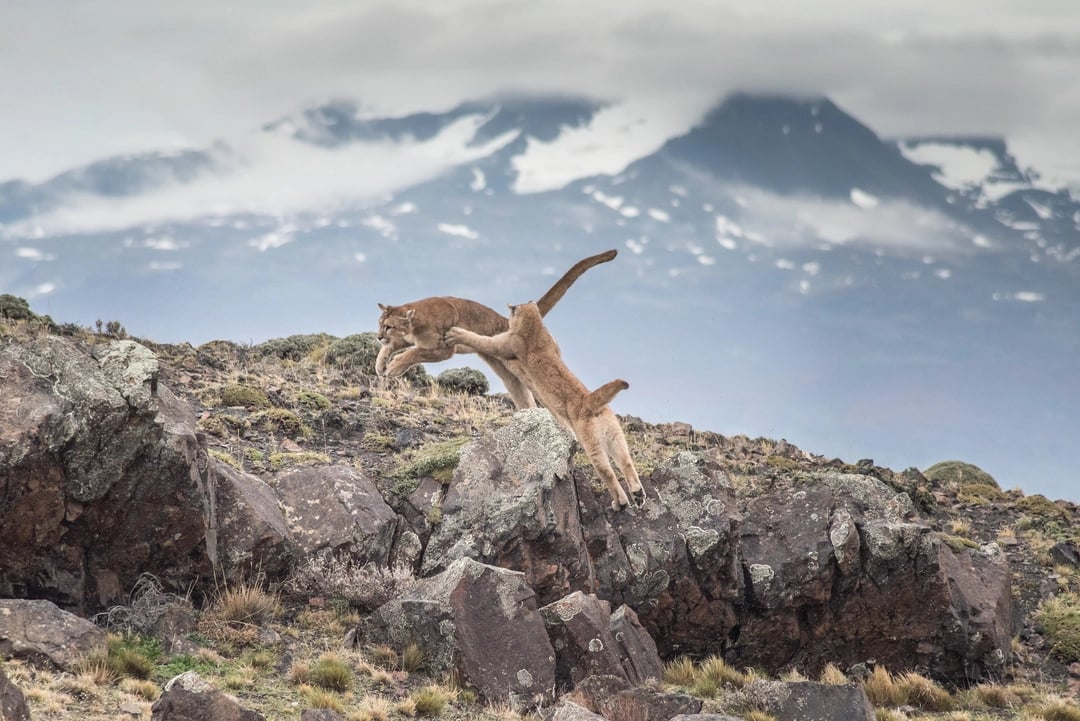
This million-dollar question has no definitive answer. Pumas can be seen all year round, but you should consider the following information before taking a final decision on your date.
High season (November to February) is a good time to spot pumas, as days are very long with up to 17 hours of daylight a day in December. However, summer months - though warmer - are also known for their infamous winds and crowds on the trails of the national park. In Torres del Paine National Park, some places get very busy in high season and plenty of people are on the road looking for pumas.
For that reason, travelers who want more tranquility to spot pumas may consider low season, namely September, October, April or May. March is also a good month, but there are still lots of people around. These months are quiet and wildlife tends to be seen closer to the main roads of the park. Also, Autumn (especially mid-April) has the best colors and less wind, which is great if you want to take some dramatic shots of pumas in their environment.
Finally, winter months (May to August) are recommended only for the most adventurous travelers as most hotels are closed and temperatures tend to get low. Snowfall may happen, especially from June to August, which may help you find pumas in the vast landscapes of Torres del Paine National Park.
9. What do I need to pack for a puma tracking?
Binoculars are compulsory. If you’re a photographer, you should consider a good teleobjective lens, of at least 400 mm. A tripod is also highly recommended, as you might have to wait for hours before the puma starts to move.
Apart from that, it doesn’t change a lot from the traditional Patagonian packing list. The rule of the three layers is sacred, and so are the sunscreen and the sunglasses. Check out our video on “what to bring to Patagonia” (above) so you don’t forget anything.
10. How can I book a puma tracking tour?
_resultado.webp?width=1080&name=Pumas%20(33%20de%201)_resultado.webp)
You can book a puma tracking tour in Torres del Paine National Park through this link. You will stay in the world’s first geodesic hotel, EcoCamp Patagonia, and sleep in a dome in the very heart of Torres del Paine. EcoCamp is located in “puma area” and is very close (less than 45 minutes away) from the “puma hotspots” of the park, so you’ll make the best of your puma tracking!
Want more information about puma tracking in Patagonia? Contact us here!

